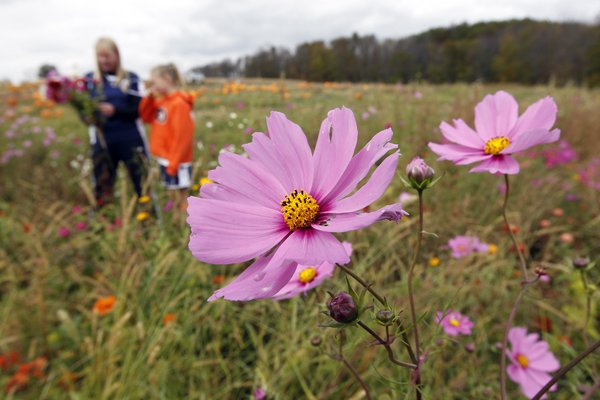The next trend: Slow flowers, from field-to-vase.
Flower advocate and author Debra Prinzing is one of the people behind the budding movement for slow flowers, having published the book "Slow Flowers:
Four Seasons of Locally Grown Bouquets from the Garden, Meadow and Farm" in 2013.
That same year, Prinzing launched a free podcast, called “Slow Flowers
with Debra Prinzing,” and last year, she
launched SlowFlowers.com, an online
directory built to connect sustainably minded flower enthusiasts with
local florists and farmers.
As explained in a recent Grist article, Americans typically spend $7 billion to $8 billion a year on cut flowers, nearly 80 percent of which are imported to the United States, mostly from South America.
In reality, they’re just like tomatoes or beets — they are best when they are in-season. And like veggies, choosing seasonal blooms means that you are directly helping your local farmers stay in business.
Local Flower Farms:
PENNSYLVANIA:
Love 'n Fresh Flowers, Philadelphia
Market Blooms, Philadelphia
Lilies
and Lavender, Doylestown, Bucks County
NEW JERSEY:
Muth Farm Flowers, Williamstown, Gloucester County
Pink Dahlia Vintage, Millville, Cumberland County
The Flower Peddler, Bridgeton, Cumberland County

